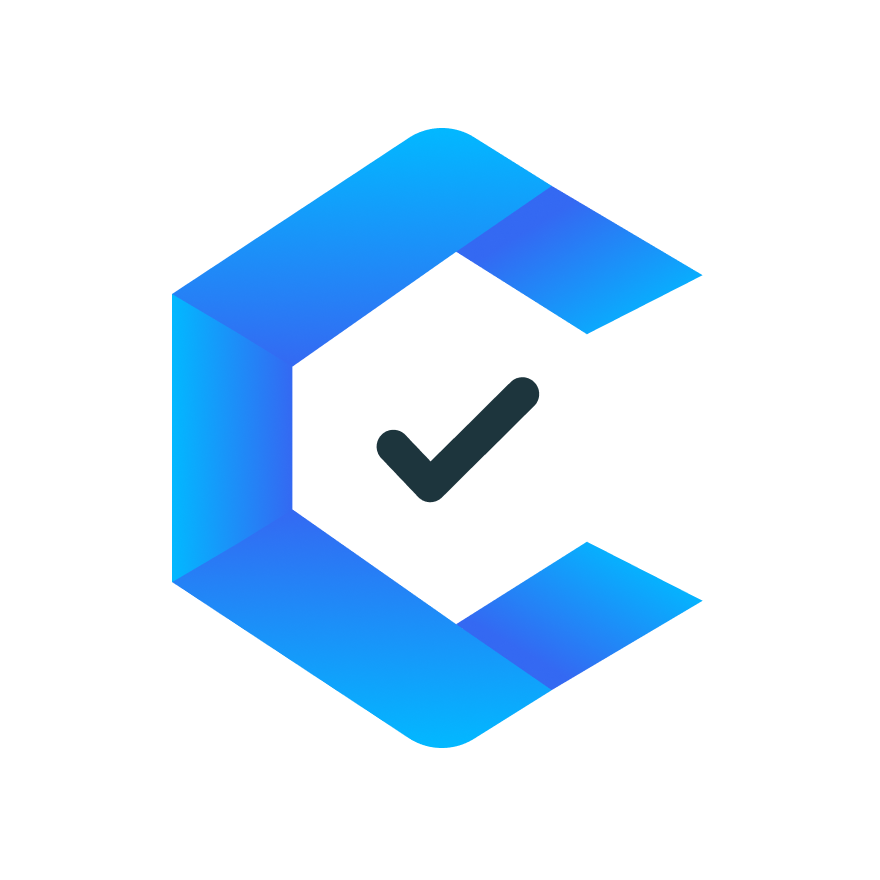921 reads
How to Launch a Successful Startup and Keep it Blooming: 25 Great Tips
by
December 28th, 2021
Audio Presented by

We create an ASO platform to grow your app's performance and make educational content for everyone to become a pro. 🚀
About Author
We create an ASO platform to grow your app's performance and make educational content for everyone to become a pro. 🚀